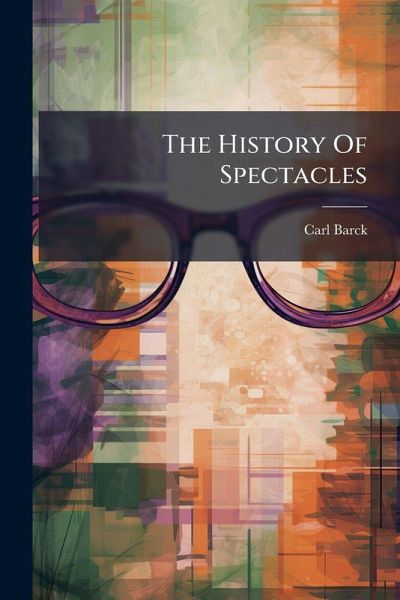
The History Of Spectacles

PAYBACK Punkte
7 °P sammeln!
"The History Of Spectacles," originally delivered as a lecture before the Academy of Science in St. Louis by Carl Barck, delves into the fascinating evolution of eyeglasses and vision correction. This historical account explores the development of spectacles from their earliest forms to more sophisticated designs. Discover the ingenuity and craftsmanship involved in creating these essential aids for sight. This work provides valuable insights into the technological and medical advancements that have shaped the field of ophthalmology. This work has been selected by scholars as being culturally ...
"The History Of Spectacles," originally delivered as a lecture before the Academy of Science in St. Louis by Carl Barck, delves into the fascinating evolution of eyeglasses and vision correction. This historical account explores the development of spectacles from their earliest forms to more sophisticated designs. Discover the ingenuity and craftsmanship involved in creating these essential aids for sight. This work provides valuable insights into the technological and medical advancements that have shaped the field of ophthalmology. This work has been selected by scholars as being culturally important, and is part of the knowledge base of civilization as we know it. This work was reproduced from the original artifact, and remains as true to the original work as possible. Therefore, you will see the original copyright references, library stamps (as most of these works have been housed in our most important libraries around the world), and other notations in the work. This work is in the public domain in the United States of America, and possibly other nations. Within the United States, you may freely copy and distribute this work, as no entity (individual or corporate) has a copyright on the body of the work. As a reproduction of a historical artifact, this work may contain missing or blurred pages, poor pictures, errant marks, etc. Scholars believe, and we concur, that this work is important enough to be preserved, reproduced, and made generally available to the public. We appreciate your support of the preservation process, and thank you for being an important part of keeping this knowledge alive and relevant.



![An Introduction to the Study of the Optical Defects of the Eye, and Their Treatment by the Scientific Use of Spectacles [microform] Cover An Introduction to the Study of the Optical Defects of the Eye, and Their Treatment by the Scientific Use of Spectacles [microform]](https://bilder.buecher.de/produkte/65/65629/65629550n.jpg)
![The Prescribing of Spectacles [electronic Resource] Cover The Prescribing of Spectacles [electronic Resource]](https://bilder.buecher.de/produkte/66/66136/66136019n.jpg)
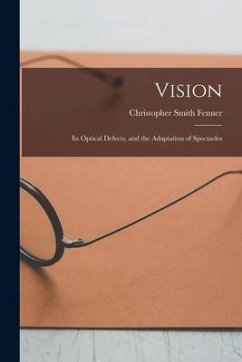

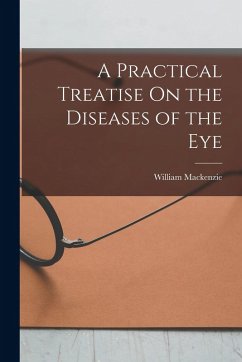
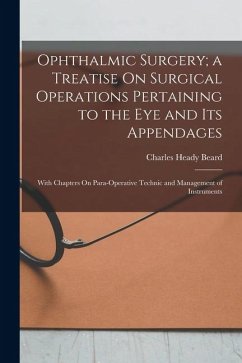
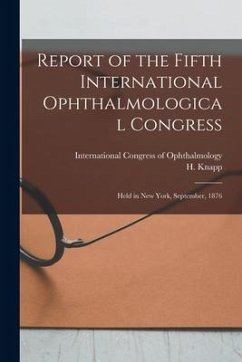
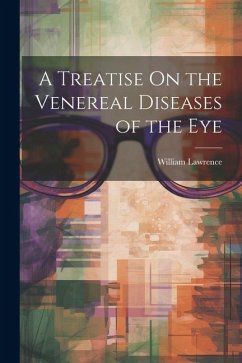

![Physiologic Optics [electronic Resource]: Dioptrics of the Eye, Functions of the Retina, Ocular Movements and Binocular Vision Cover Physiologic Optics [electronic Resource]: Dioptrics of the Eye, Functions of the Retina, Ocular Movements and Binocular Vision](https://bilder.buecher.de/produkte/65/65592/65592400n.jpg)